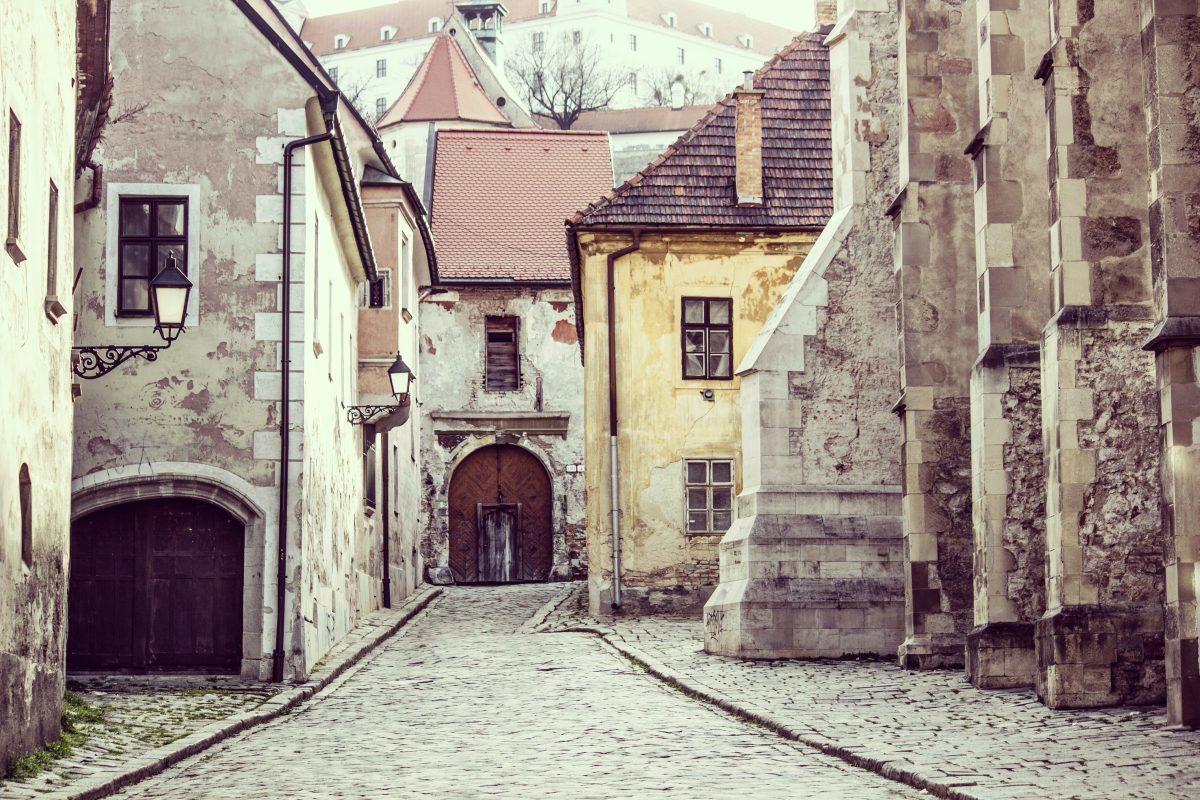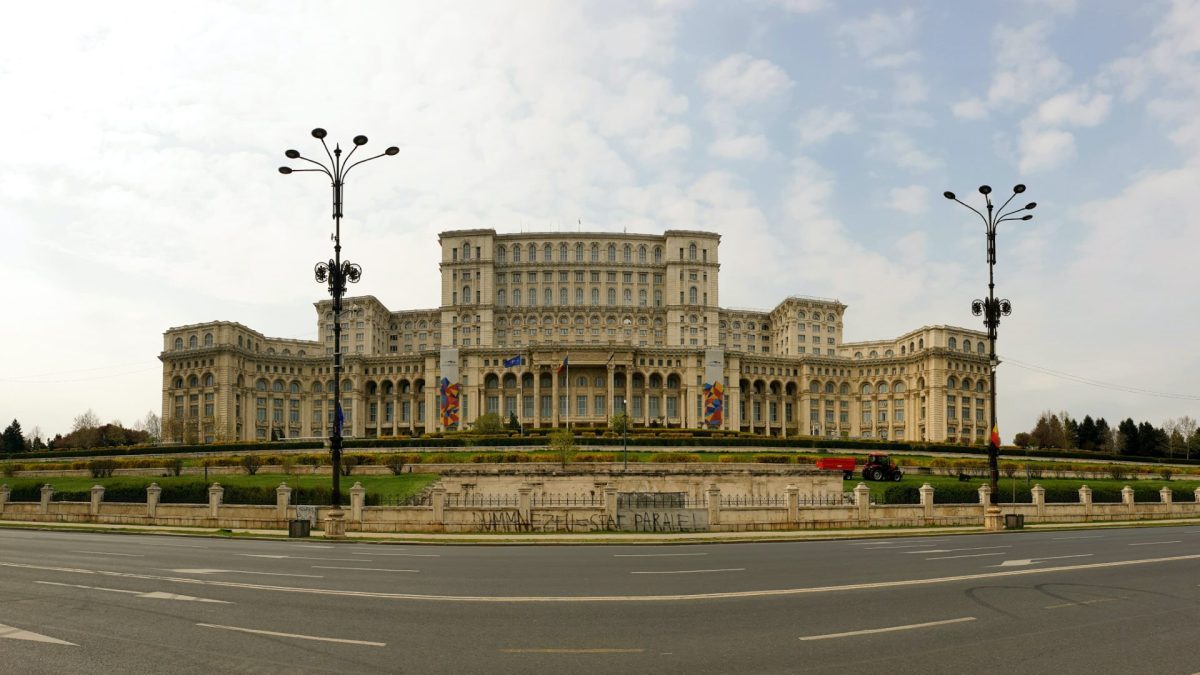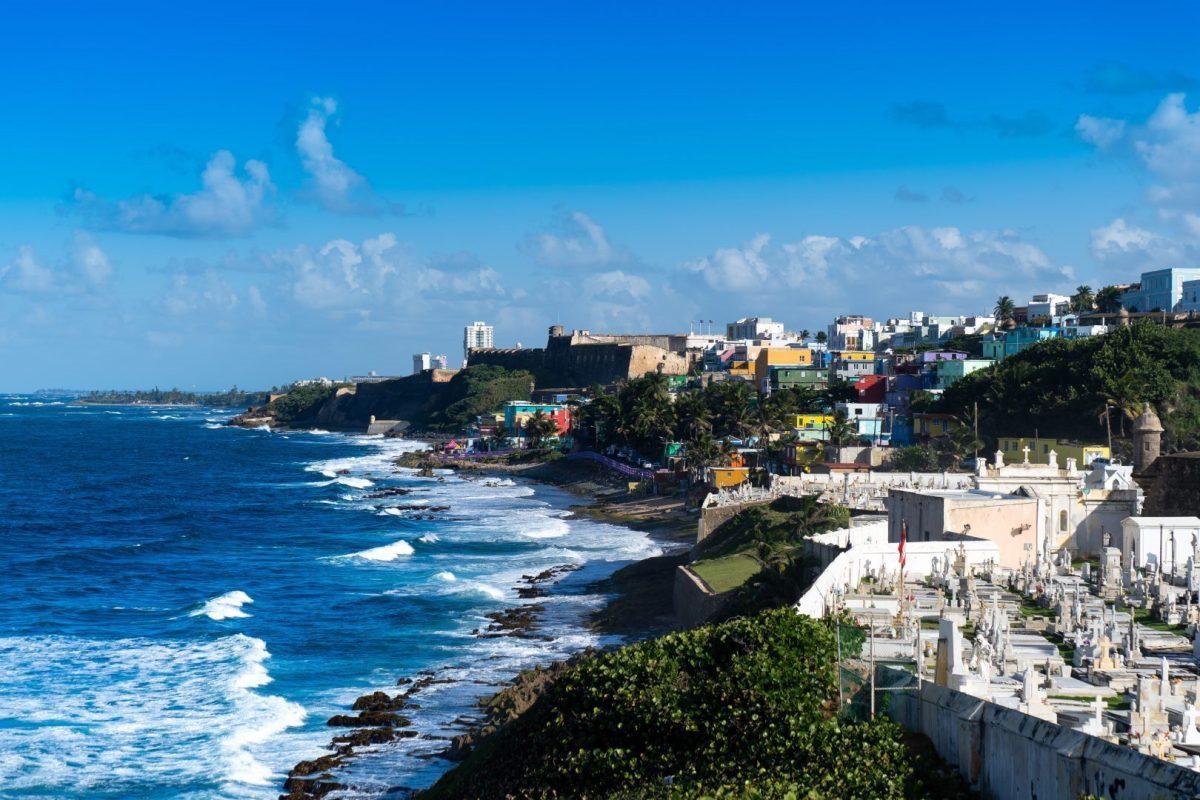How to Plan Your Chania Sightseeing Tastings Tour in Crete
Are you planning a trip to Crete and looking for a unique way to experience its cultural capital? Look no further than the Chania Sightseeing Tastings Tour! This tour offers a chance to wander through layers of history and cultural influences, listen to tales, myths, and legends of the Old Town, taste local mezedes and sip raki in a historic neighborhood, stroll around the old Ottoman and Jewish Quarters, and meet local artisans in their workshop. In this blog post, we’ll guide you through how to plan your Chania Sightseeing Tastings Tour in Crete.Experience
The Chania Sightseeing Tastings Tour is an experience that will engage your senses and introduce you to the diverse and rich history of Chania. From the old Municipal Market to the Ottoman and Jewish Quarters, this tour will take you on a journey that will offer an unforgettable taste of Crete’s cultural capital.Highlights
Here are some of the highlights of the Chania Sightseeing Tastings Tour:Explore the Old Town
As you wander through Chania’s Old Town, your guide will share stories of the town’s history and cultural influences. You’ll see Venetian, Ottoman, and Jewish architecture side by side, along with some of the town’s lesser-known gems.Visit the Municipal Market
The Municipal Market is a bustling, century-old market that denotes the old and new town boundary. Here, you’ll sample local delicacies and find out why Crete is home to one of the healthiest diets in the world.Discover the Ottoman and Jewish Quarters
As you stroll around the old Ottoman and Jewish Quarters, you’ll learn about the lesser-known histories of these areas. Don’t miss the “Street of the Knives” and other off-the-beaten-path corners that you’ll encounter along the way.Meet Local Artisans
The Chania Sightseeing Tastings Tour also offers the chance to meet local artisans in their workshop. You’ll learn about their work and even try your own skills. Don’t miss this chance to get a behind-the-scenes look at some of Chania’s most talented artists.Full Description
The Chania Sightseeing Tastings Tour is a three hour tour that offers a unique and immersive way to experience Chania. The tour begins at the Dimotiki Agora (Municipal Market) and includes several stops along the way. Your guide will share stories about the town’s history and cultural influences, offering insights into the diverse groups that have called Chania home throughout the centuries. Throughout the tour, you’ll have the chance to taste local delicacies, sip some raki, and meet local artisans in their workshop. The tour is designed to engage all your senses and offer a well-rounded taste of Chania’s cultural capital.Booking the Tour
Ready to book your Chania Sightseeing Tastings Tour? You can book the tour here: book the tour here. Don’t miss this chance to experience Chania in a unique and immersive way.
FAQs About Crete
Crete is the largest island in Greece and one of the most popular tourist destinations in the country. With its stunning beaches, rich cultural heritage, and delicious cuisine, it’s no wonder that millions of people visit Crete every year. If you’re planning a trip to Crete, read on to find answers to some frequently asked questions.1. What is the best time to visit Crete?
The best time to visit Crete is between May and October. During these months, the weather is warm and sunny, and the sea is perfect for swimming. July and August are the busiest months, so if you’re looking for a more relaxed atmosphere, you might want to visit in May or September.2. What are the top beaches in Crete?
Crete has some of the most beautiful beaches in Greece. Some of the top ones include:i) Elafonisi Beach
Elafonisi Beach is one of the most famous beaches in Crete, known for its pink sand and crystal-clear water. The beach is located on the southwestern coast of the island and is perfect for swimming, sunbathing, and snorkeling.ii) Balos Beach
Balos Beach is another stunning beach located on the northwestern coast of Crete. The beach is famous for its turquoise water and dramatic landscape, featuring a lagoon and a rocky peninsula.iii) Vai Beach
Vai Beach is located on the eastern coast of Crete and is famous for its palm trees and sandy beach. The beach is surrounded by a natural palm forest and is perfect for a relaxing day in the sun.3. What are the top attractions in Crete?
Crete is full of historic and cultural attractions, as well as natural wonders. Some of the top attractions include:i) The Palace of Knossos
The Palace of Knossos is an ancient Minoan palace located just outside the city of Heraklion. The palace was built around 1900 BC and is considered one of the most important archaeological sites in Greece.ii) Samaria Gorge
Samaria Gorge is a stunning natural wonder located in the White Mountains of Crete. The gorge is 16 kilometers long and is known for its pristine nature and breathtaking scenery.iii) Chania Old Town
Chania Old Town is a charming Venetian port town located on the western coast of Crete. The town is known for its narrow streets, colorful buildings, and lively atmosphere.4. What is the local cuisine like in Crete?
Crete is known for its delicious and healthy Mediterranean cuisine. Some of the most famous dishes include:i) Dakos
Dakos is a traditional Cretan dish made with barley rusk, tomato, feta cheese, and olive oil. It’s a perfect snack or appetizer and is often served in taverns and cafes.ii) Kalitsounia
Kalitsounia are small cheese or herb pies that are a favorite snack or breakfast food in Crete. They are made with local cheese and herbs and are often served with honey.iii) Souvlaki
Souvlaki is a popular Greek dish made with marinated meat skewered and grilled over an open flame. It’s often served with Greek salad, tzatziki, and pita bread.5. What is the local currency in Crete?
The official currency in Crete, as well as all over Greece, is the Euro. ATMs are widely available in tourist areas, and most restaurants and shops accept credit cards.6. What is the transportation like in Crete?
Crete has a well-developed transportation system, including buses, taxis, and rental cars. Buses are the most affordable option and are a great way to explore the island. Taxis are more expensive but are a good option for short distances. Finally, renting a car is the best option if you want to explore the island at your own pace.7. What is the electricity voltage in Crete?
The electricity voltage in Crete is 220-230V AC, and the plugs are the two-pin European type. If you’re traveling from a country with a different voltage, make sure to bring an adapter with you.Book Your Tour Now
Crete is a beautiful and diverse island with something for everyone. Whether you’re interested in history and culture, stunning natural scenery, or delicious cuisine, Crete is the perfect destination. Use this FAQ as your guide, and you’re sure to have an unforgettable trip to Crete!
How to Spend Your Time as a Tourist in Crete
Crete is the largest and most populous of the Greek islands. It is a popular destination for tourists due to its alluring mix of stunning beaches, crystal-clear waters, ancient history, and amazing food. If you’re planning a trip to Crete, here is a step-by-step guide on how to make the most of your time on this beautiful island.1. Explore the Beaches
Crete boasts some of the most beautiful beaches in the world. The island has a coastline of over 650 miles with numerous beaches and coves. Here are the top beaches you must visit:Elafonissi Beach
Elafonisi Beach is a pink-sand beach located on the southwestern side of Crete. The lagoon-like waters are calm, clear, and warm, perfect for swimming and snorkelling. The picturesque views of the rocky coastline and rich flora make it an ideal spot for a day trip.Balos Lagoon
Balos Lagoon is a turquoise lagoon located on the northwestern tip of Crete. The clear water, the sandbar that separates the lagoon from the sea, and the idyllic views of the sea and mountains make Balos Lagoon an unforgettable experience.Vai Beach
Vai Beach is a palm forest beach located on the eastern side of Crete. The palm trees on the beach provide a cool, shaded area to relax and enjoy the beach. The soft and golden sand is perfect for a beach picnic in the shade.2. Explore Crete’s Ancient History
Crete has been continually inhabited for over 5000 years and has a rich history. Here are the top places you must visit to learn about Crete’s ancient history:Knossos Palace
Knossos Palace is a Bronze Age archaeological site located just outside Heraklion. The palace is the largest and most important archaeological site on Crete, featuring the labyrinth, Minoan frescoes, and the Throne Room. The palace was the seat of the powerful King Minos, and according to mythology, the home of the Minotaur.Phaistos Palace
Phaistos Palace is a Minoan archaeological site located in southern Crete. It is the second most important archaeological site on Crete after Knossos. The site features the ruins of the palace, spectacular mosaics, and the Phaistos Disc, which is one of the most important archaeological finds of the 20th century.3. Gorge Hiking in Crete
Crete has some of the most spectacular gorge hikes in the world. Here are the top gorge hikes you must try:Samaria Gorge
Samaria Gorge is the most famous gorge in Crete, located in western Crete. It is 16 kilometers long and starts from the plateau of Omalos and ends at the Libyan Sea. Samaria Gorge is a UNESCO Biosphere Reserve, and you may see the rare Cretan ibex and wildflowers along the hike.Imbros Gorge
Imbros Gorge is located in southern Crete, near the town of Chora Sfakion. It is smaller and easier to hike than Samaria Gorge, making this hike perfect for families with children. The gorge has stunning views of the White Mountains and features caves and tiny chapels.4. Cretan Villages and Festivals
Crete has many quaint villages and festivals that give you a glimpse into traditional Cretan life. Here are some of the must-visit villages and festivals:Archanes Village
Archanes village is located in central Crete, near Heraklion. The village has beautifully preserved traditional houses and narrow alleys. It is also known for its wineries and sausages, and you can join a wine tasting or a sausage making workshop.Rethymno Renaissance Festival
Rethymno Renaissance Festival is held every year in August and September in Rethymno. The festival is a reenactment of the Renaissance period, featuring music, theater, dancing, and other displays of Cretan culture. The festival has a lively atmosphere and is a great time to experience Cretan culture.5. Cretan Cuisine
Finally, to experience authentic Cretan culture, you must try Cretan cuisine. Here are some traditional Cretan dishes you must try:Dakos
Dakos is a traditional Cretan meze consisting of a rusk topped with tomato, feta cheese, and olive oil. It is simple yet delicious, and perfect for a light lunch or dinner.Staka
Staka is a creamy dairy product made from sheep’s milk, butter, and flour. It is commonly served with eggs, and vegetables, and is rich in flavor.Lamb with Herbs
Lamb with herbs is a traditional Cretan dish, comprising lamb with fresh herbs like oregano and mint, cooked in a tomato sauce that gives it a rich, savory flavor.Book Your Tour Now
Crete is a beautiful island with a rich history, stunning beaches, and delicious cuisine. By following this step-by-step guide, you can experience everything that Crete has to offer. Whether you prefer beaches, history, hiking, festivals, or food, there is something for everyone in Crete.Table of Contents

